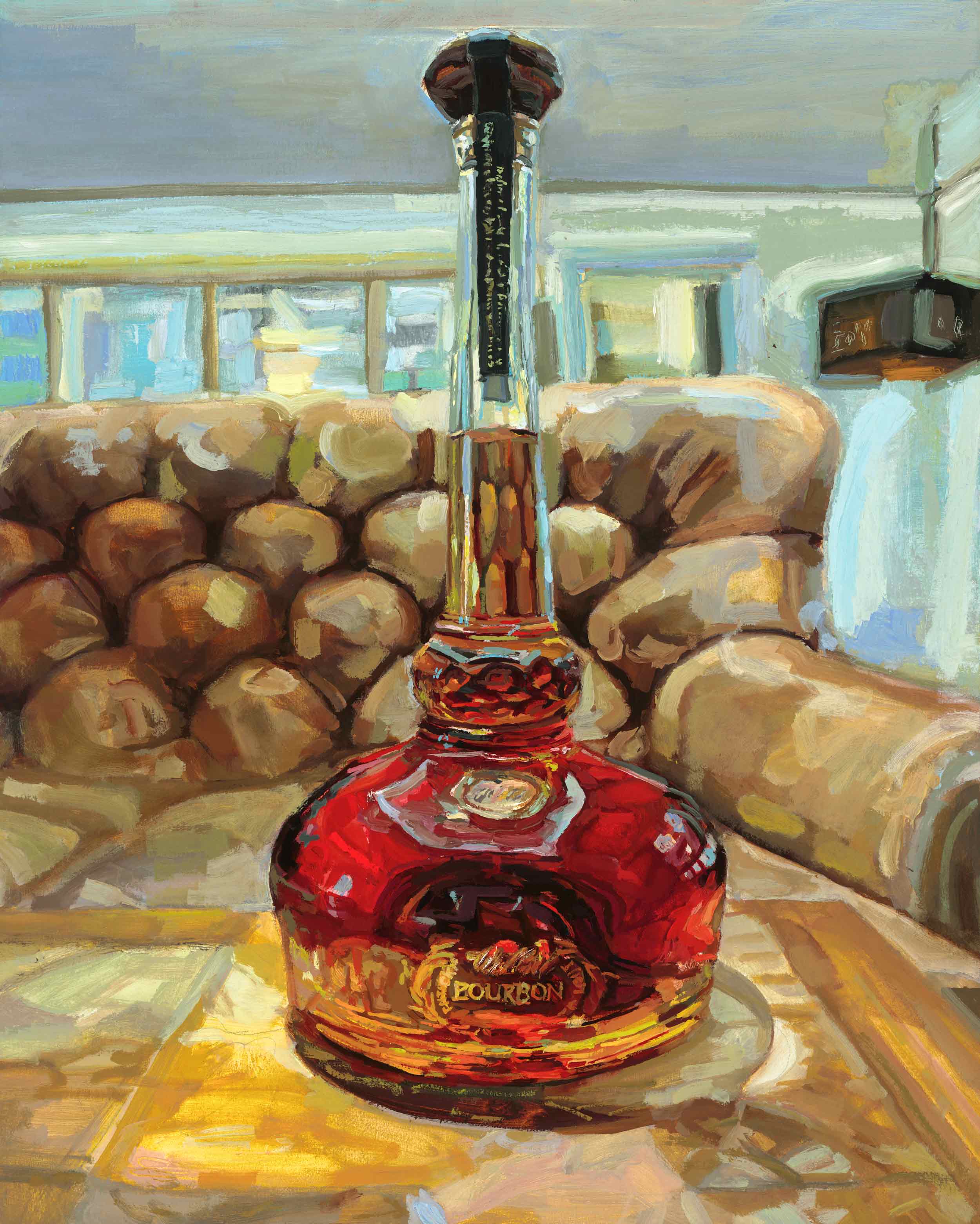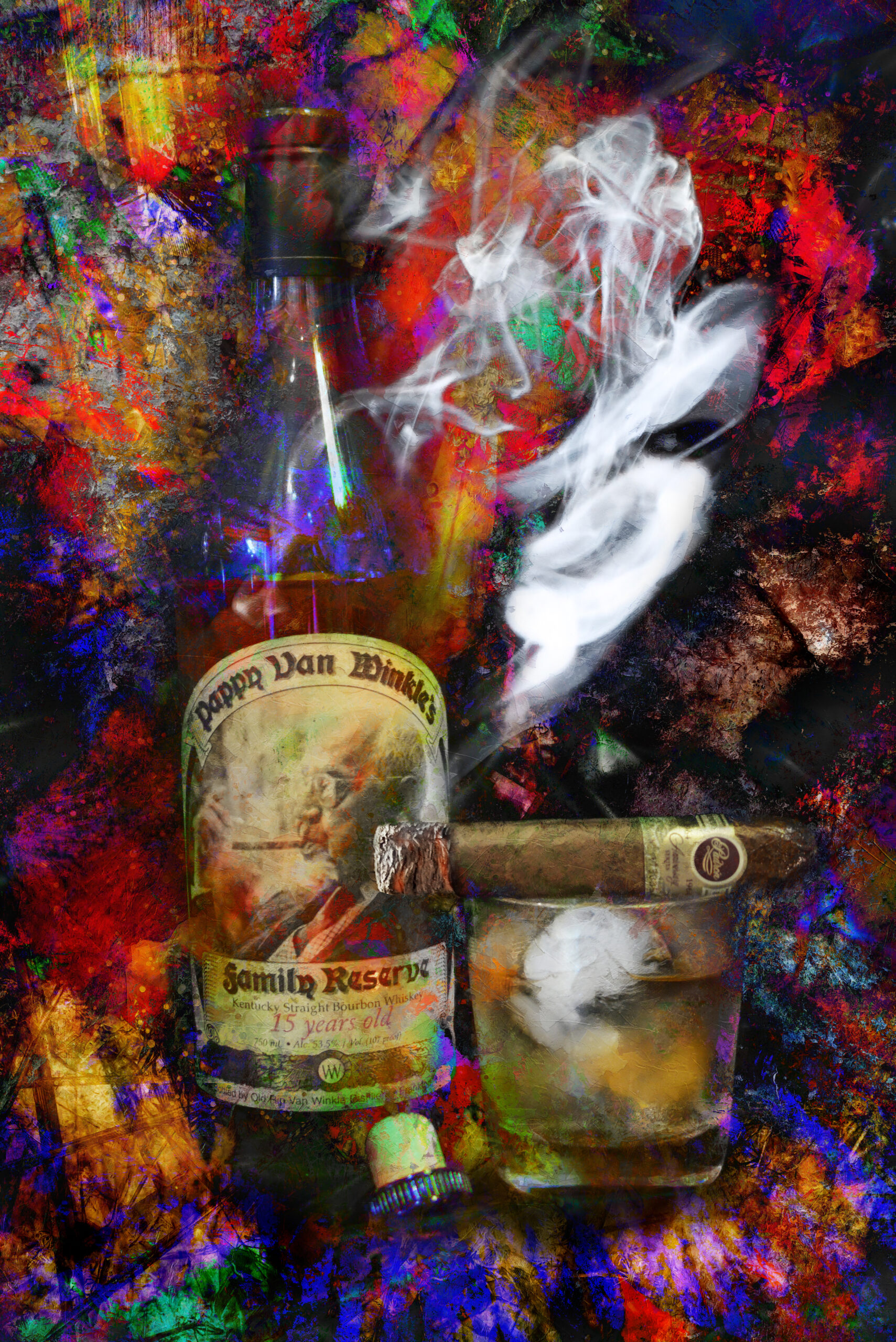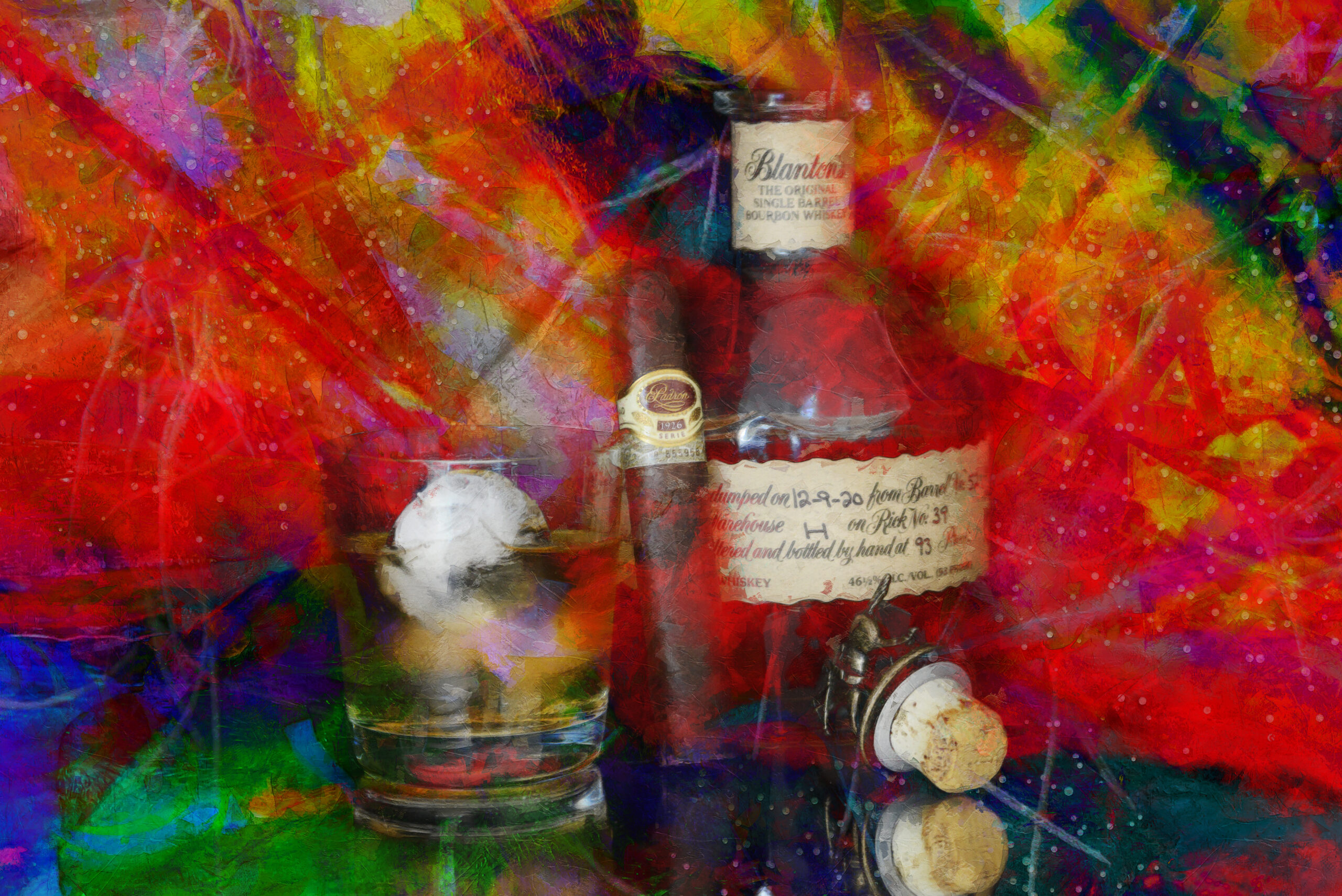Realism Art in the Whiskey Market: Illustrating Moments of Purification
Realism Art in the Whiskey Market: Illustrating Moments of Purification
Blog Article
The Value of Whiskey Art in Celebrating Heritage and Workmanship in the Beverage Industry
The complex relationship in between whiskey art and the party of heritage and craftsmanship within the drink industry can not be overstated. Via thoughtfully designed tags and containers, scotch brand names envelop their historic roots and the artisanal abilities that define their production approaches.
The Historical Origins of Whiskey
At the heart of scotch's attraction exists a rich tapestry of historic origins that trace back to old civilizations. The origins of bourbon can be linked to the distillation methods of the Sumerians and Babylonians around 2000 BCE, where early kinds of fermented grain beverages began to arise. It was in the Middle Ages that the art of distillation progressed dramatically, particularly in Ireland and Scotland, leading to the development of scotch as we know it today.
The term "scotch" itself acquires from the Gaelic word "uisce beatha," suggesting "water of life." This phrase underscores the cultural importance of scotch in Celtic cultures, where it was often associated with routines, celebrations, and communal bonding. By the 15th century, distillation ended up being an acknowledged craft within reclusive neighborhoods, leading the means for the facility of lawful distilleries.
As trade paths broadened, scotch's appeal expanded, transcending regional boundaries and capturing the interest of aficionados worldwide. Realism Art. This historical journey reflects not just the workmanship behind bourbon manufacturing yet likewise its indispensable duty in social and social contexts, marking it as a considerable beverage throughout history
Artistic Expression in Branding
Bourbon branding stands as an engaging crossway of virtuosity and business, where aesthetic identity plays a vital function in shaping consumer assumption. The visual appeals of whiskey tags, packaging, and advertising materials mirror not just the brand's story yet likewise its core values and heritage. Via creative expression, distilleries communicate a story that resonates with customers, evoking emotions and triggering links.
The use of shade, typography, and imagery in branding offers to distinguish items in a saturated market. Typical motifs might evoke a sense of credibility and workmanship, while modern styles can indicate development and forward-thinking. This critical artistic instructions boosts brand recognition and commitment, allowing customers to build a personal connection with the bourbon they choose.
Furthermore, imaginative expression in branding frequently serves as a party of local heritage. Distilleries frequently incorporate regional icons or historical references into their styles, developing a local color that invites consumers to take part in a wider social experience. Inevitably, the virtuosity behind whiskey branding not only enhances visual charm however likewise improves the total story of the brand name, fostering a deeper gratitude for the craftsmanship and heritage embedded in each bottle.
Craftsmanship in Bottle Style
The creativity apparent in scotch branding prolongs beyond visual identity to include the craftsmanship associated with bottle design. Each bottle functions as a vessel not just for the spirit within, but also for the story it tells concerning its custom, beginning, and quality. The style process requires meticulous focus to information, as aspects such as closure, form, and product add dramatically to the general understanding of the whiskey.
Workmanship in container design includes selecting top quality glass that can enhance the bourbon's color and clarity, while additionally offering a tactile experience for the customer. The silhouette of the container have to be both cosmetically appealing and useful, commonly reflecting the heritage of the brand name. Lots of distilleries choose one-of-a-kind shapes or printed logo designs that stimulate a sense of credibility and history.
Additionally, the tag layout and typography play an important duty in communicating the brand name's narrative. Limited Edition. A well-crafted container not only mesmerizes the consumer's eye yet likewise enhances the brand's dedication to quality and custom. In this way, the workmanship of container layout ends up being a vital element of the bourbon experience, merging creativity with an extensive respect for heritage
Cultural Value of Whiskey Art
Commemorating practice and craftsmanship, the cultural value of whiskey art transcends simple looks, linking with the historical and social stories of the areas where it stems. Each container functions as a canvas, portraying the special tales, mythology, and traditions that have shaped regional whiskey-making techniques. The intricate styles typically mirror the heritage of the distillers, incorporating symbols and motifs that resonate with the culture and worths of their areas.

Furthermore, bourbon art plays an important function in communal events and parties, acting as a concrete web link between people and their shared experiences. By valuing the virtuosity in whiskey packaging, customers grow a deeper understanding and regard for the craft, inevitably improving Check This Out their satisfaction of the beverage itself.
Modern Trends in Whiskey Discussion
In recent times, the presentation of scotch has advanced to reflect contemporary tastes and patterns while still recognizing traditional craftsmanship - Whiskey Art. Distilleries are significantly concentrating on aesthetic aspects that boost the total alcohol consumption experience, bridging the gap between heritage and modernity
Ingenious bottle styles have actually arised, usually incorporating sustainable products and artistic labels that tell compelling stories. Many brands now collaborate with local artists, infusing their products with unique aesthetic expressions that reverberate with customers. In addition, limited-edition launches are usually packaged in collectible containers, including worth and allure for aficionados.

Conclusion
To conclude, scotch art acts as a vital channel for sharing the heritage and workmanship inherent in the beverage industry. Through elaborate branding, ingenious container styles, and culturally substantial imaginative components, whiskey brands efficiently honor their customs and link with consumers. This creative narrative not only elevates the gratitude of whiskey but also reinforces neighborhood identification and satisfaction amongst manufacturers. Eventually, scotch art plays a necessary duty in preserving and commemorating the rich cultural tapestry of whiskey-making.


Craftsmanship in bottle layout includes selecting high-quality glass that can boost the scotch's color and quality, while likewise providing a responsive experience for the consumer. In this means, the craftsmanship of container style becomes an essential element of the bourbon experience, combining artistry with an extensive respect for heritage.
In verdict, whiskey art offers as an important conduit for revealing the heritage and craftsmanship intrinsic in the beverage market.
Report this page